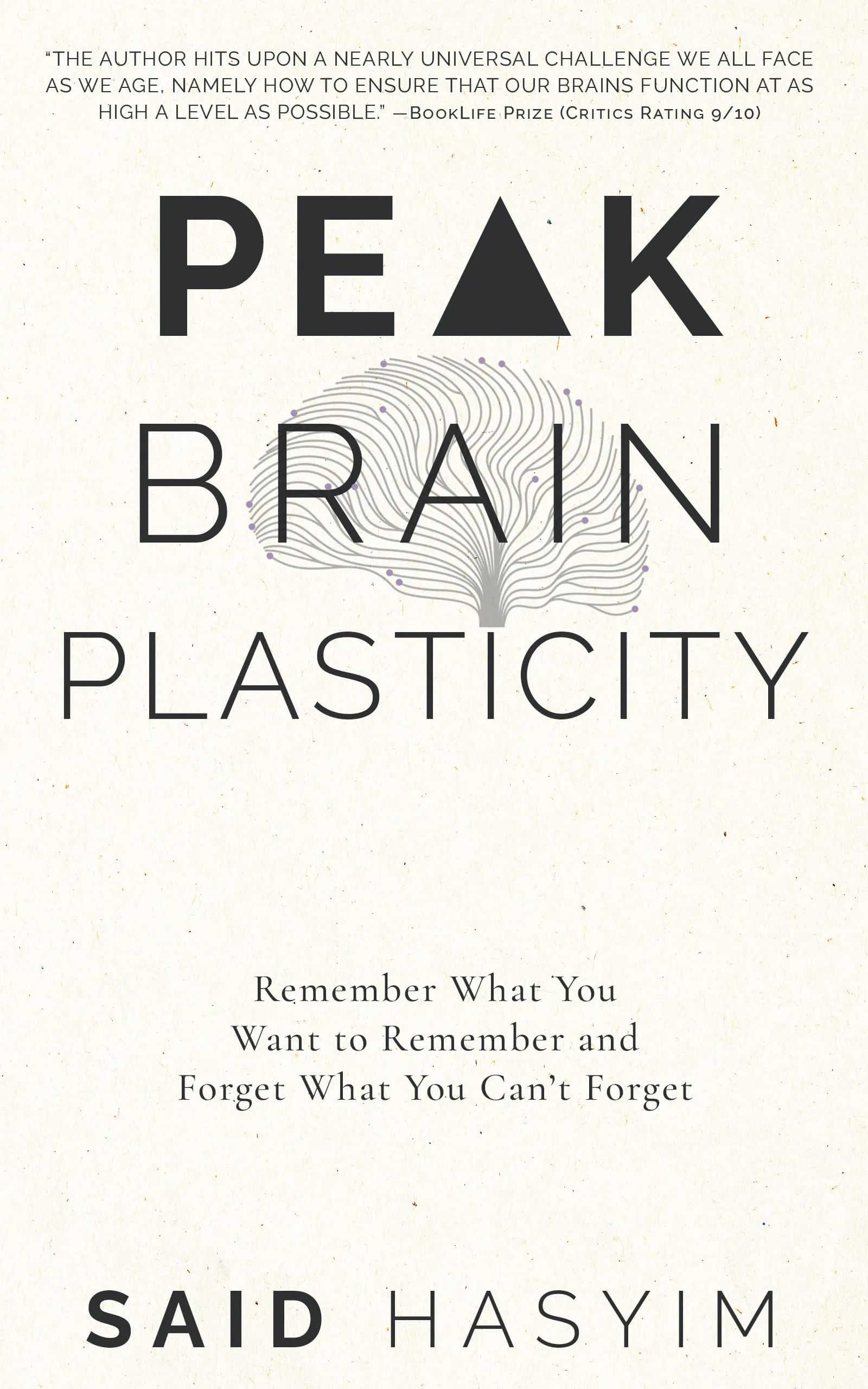The Power of Storytelling in Memory Retention
Memory is an intricate web woven by experiences, emotions, and narratives. At the heart of this web lies storytelling, an ancient art that transcends cultures and generations. From the oral traditions of indigenous peoples to the blockbuster films of today, stories have a remarkable capacity to shape our understanding of the world—and more importantly, our ability to remember it.
The Science Behind Memory Retention
Before diving into the power of storytelling, it’s essential to understand how memory works. Memory can be broadly categorized into three stages: encoding, storage, and retrieval.
Encoding: This is the process of taking in information. The brain transforms sensory input into a form that can be stored.
Storage: This stage involves maintaining and organizing that information over time. Our brain has various storage systems, such as short-term and long-term memory.
Retrieval: The final stage is recalling or accessing the stored information when needed.
Research shows that information presented in a story format is more easily encoded, stored, and retrieved than bland facts or abstract concepts.
Why Stories are Memorable
1. Emotional Engagement
Stories evoke emotions. When we hear a captivating tale, we often experience feelings that resonate with us, whether joy, sadness, fear, or excitement. These emotions create mental connections that make it easier to recall the information later. Studies have shown that emotional memories are more robust and enduring than neutral ones.
2. Contextual Framework
Stories provide a context that helps us make sense of new information. Instead of trying to recall isolated facts, we can place them within a narrative structure. This framework allows us to use our pre-existing knowledge as a reference point, making it easier to understand and remember the new information.
3. Cognitive Structure
The brain is better at recognizing patterns than raw data. Well-crafted stories often have a beginning, middle, and end, allowing our brains to anticipate what comes next. This predictability aids memory retention because familiar structures are easier to process and recall.
4. Relatability and Resonance
When stories resonate with us, they become personal. We can identify with characters, situations, and conflicts, leading us to relate the information to our own experiences. This personal connection fosters deeper understanding and long-term retention.
5. Repetition and Reinforcement
Stories often repeat key themes and messages. These repeated elements reinforce memory retention. Exposure to the same themes from different angles within a narrative can solidify information in our minds.
Storytelling in Education
The implications of storytelling extend far beyond entertainment; they hold profound potential in educational contexts as well.
1. Enhancing Learning in the Classroom
Teachers can utilize storytelling techniques to present lessons in a way that captivates students’ attention. For instance, when teaching historical events, educators can frame them as narratives featuring pivotal characters, challenges, and outcomes. This approach not only makes learning enjoyable but enhances students' ability to recall essential facts and concepts.
2. Facilitating Critical Thinking
Stories often present dilemmas and moral conflicts that provoke thought. By engaging with a narrative, students can explore different perspectives, encouraging them to analyze information more critically. This analytical process further embeds the knowledge in their memory.
3. Promoting Collaboration and Discussion
Storytelling fosters a shared experience that can enhance collaborative learning. Group discussions about a narrative provide additional opportunities for students to process information, leading to better retention as they articulate their thoughts and connections to the story.
The Role of Digital Storytelling
In today’s technology-driven world, digital storytelling offers innovative ways to engage audiences. Video, podcasts, and interactive narratives create immersive experiences that enhance memory retention through various sensory inputs:
Visual Stimuli: Graphics, animations, and visual elements help in encoding information more effectively.
Interactivity: Engaging with interactive stories encourages active participation, making it easier to remember the material.
Accessibility: Digital storytelling can reach wider audiences, allowing diverse individuals to experience and connect with stories in meaningful ways.
Practical Applications of Storytelling Techniques
For those looking to harness storytelling for better memory retention, several practical strategies can be employed:
1. Create a Narrative Structure
When presenting information, try to frame it within a story format. Identify the key characters, conflicts, and resolutions to help your audience find meaning and context.
2. Use Visuals and Metaphors
Incorporate visuals that complement your narrative. Utilizing metaphors can also help clarify complex ideas by relating them to familiar concepts, aiding memory retention.
3. Encourage Personal Connections
Invite your audience to share their experiences related to the story. This connection reinforces their understanding and encourages deeper reflection.
4. Utilize Repetition with Variation
Revisit the key points of your narrative periodically while introducing new dimensions or contexts. This reinforces memory retention without becoming monotonous.
5. Leverage Technology
Consider using multimedia tools to enhance your storytelling experience. Videos, podcasts, and infographics can engage your audience and create a more immersive learning environment.
Conclusion
The power of storytelling can significantly amplify memory retention, making it an invaluable tool in both educational and interpersonal contexts. By incorporating narratives into how we present and engage with information, we can unlock deeper learning, better retention, and shared experiences that resonate long after the conclusion of the tale. Whether you’re a teacher, a leader, or someone simply seeking to improve your communication skills, embracing the art of storytelling can transform the way you—and those around you—remember the important things in life.
As you embark on your next narrative journey, remember: every story has the power to illuminate minds and create lasting memories. Embrace that power!
Harness the Power of Neuroplasticity
Discover Peak Brain Plasticity, a practical book to harnessing neuroplasticity. Enhance your memory, learn new languages quickly, and alleviate anxiety with effective study methods. Uncover daily habits that impact cognitive health and explore techniques for accelerated learning and memory retention. Unlock your brain's potential for growth and transformation.
